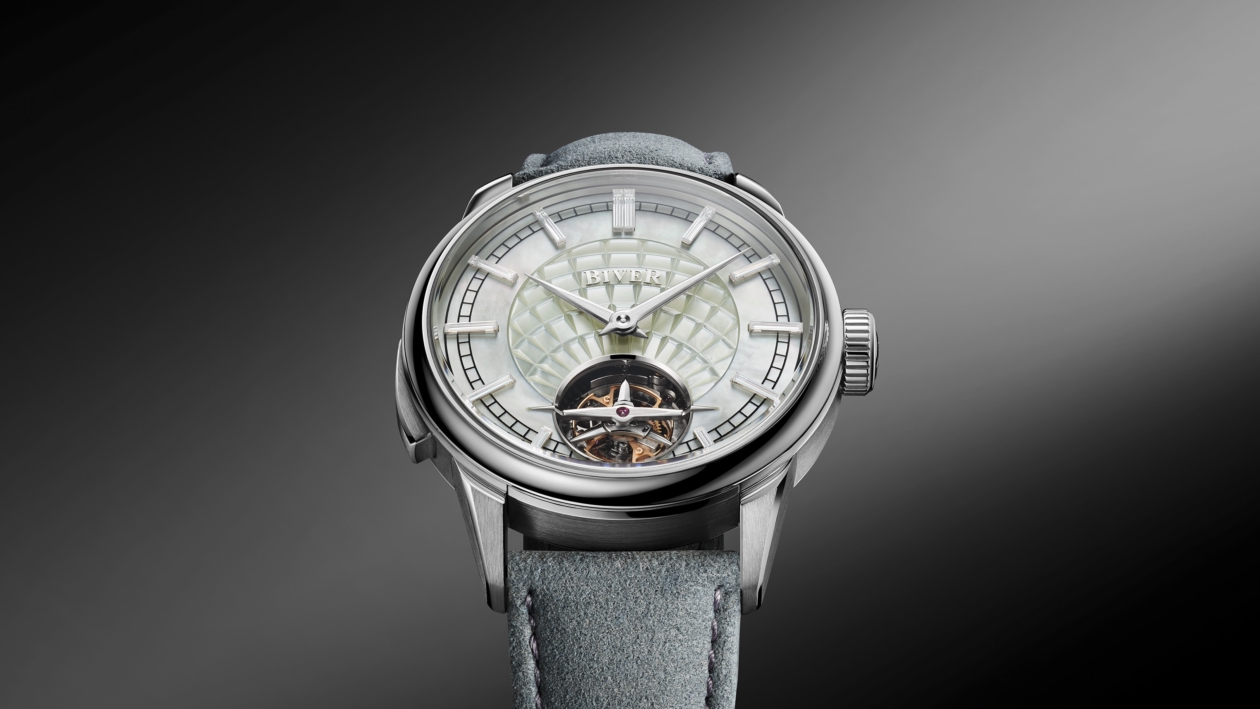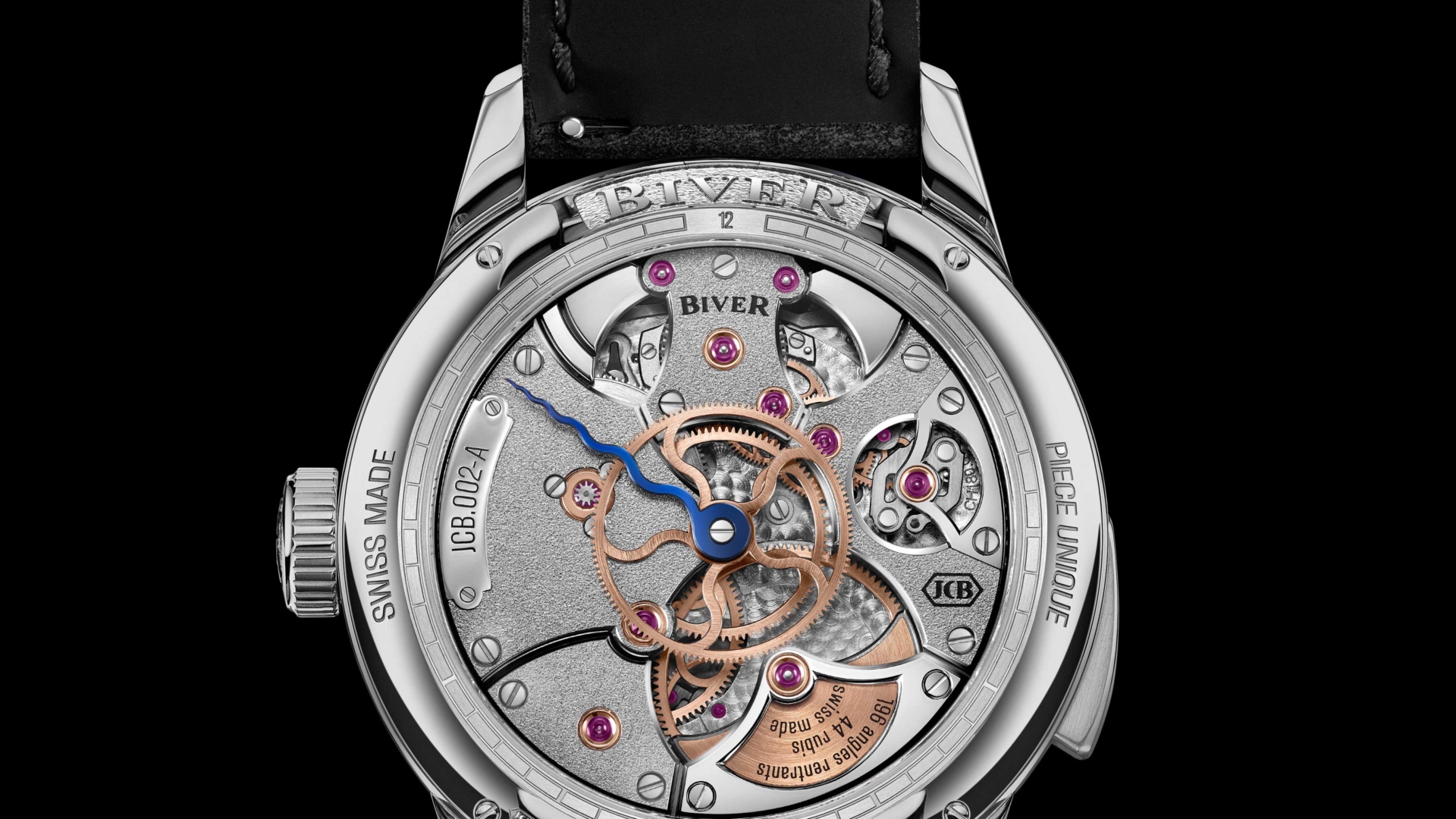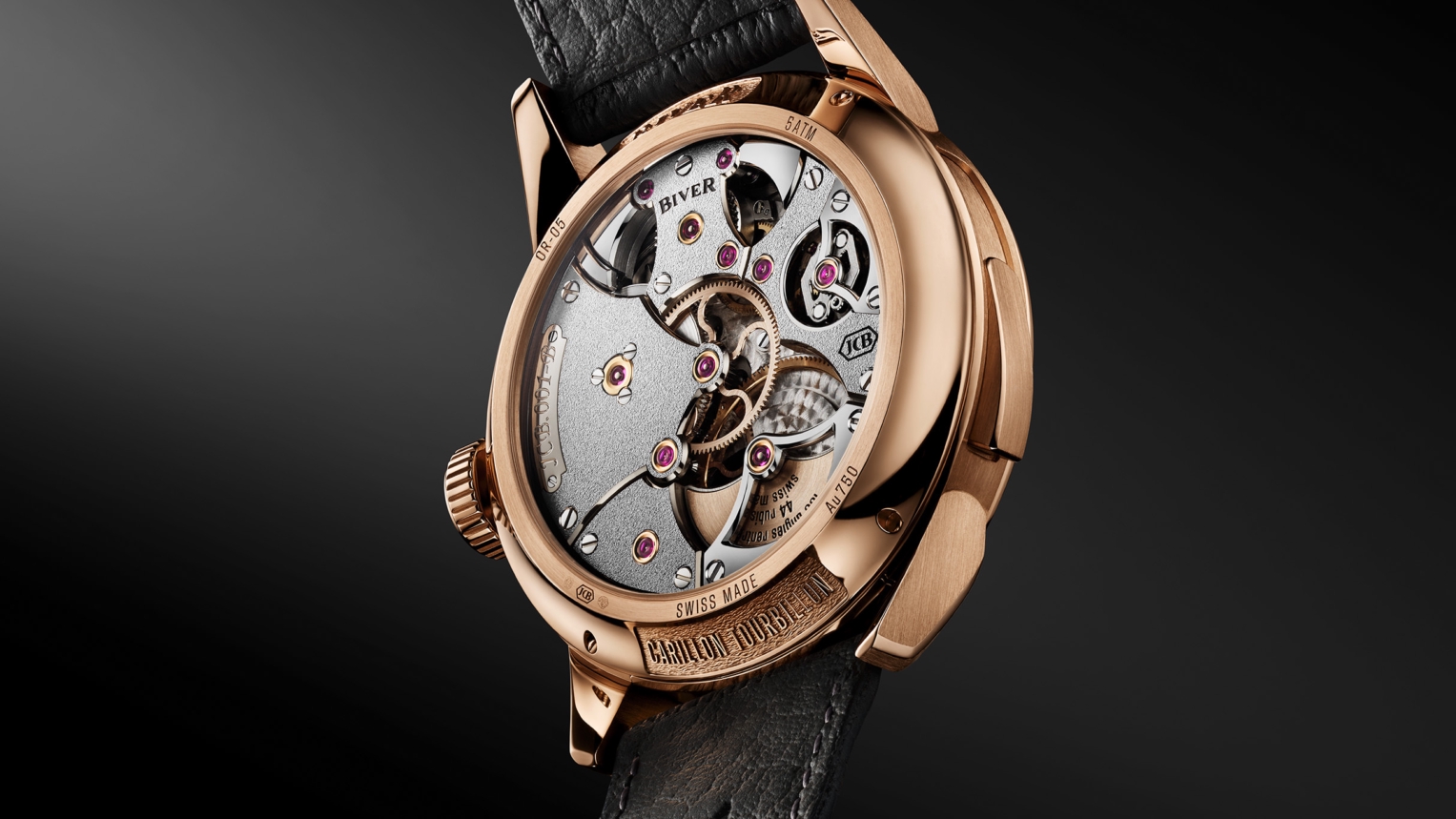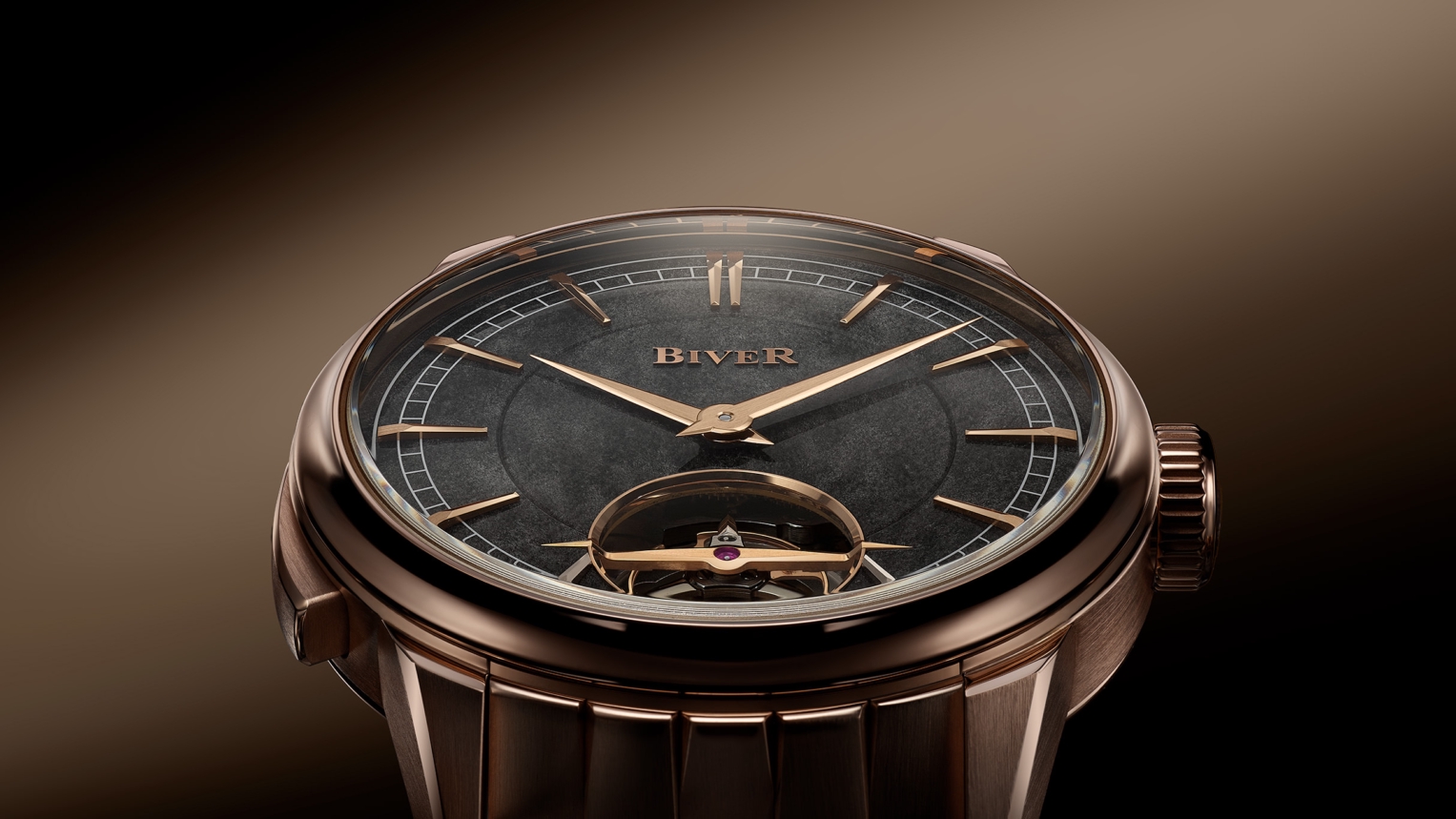Timekeeping machines have been ringing out intervals for millenia. Chinese water clocks are believed to have been the first to use gongs, nearly 2,000 years ago, with European clock towers and eventually the first repeating pocket watches and wrist watches following centuries later. And yet, the use of sound in mechanical watchmaking remains an elusive art. Only trained ears, skilled hands, and plenty of know-how can bring one of these marvels to life.
“The minute repeater is not only one of the six masterpieces of the art of watchmaking – it is in fact unanimously recognized as the most complex and difficult to create of the six,” says co-founder Jean-Claude Biver. “After 50 years of pursuing my passion for these masterpieces, it was essential to me that we start with the most complicated and challenging watch as the centerpiece of the Biver brand, before moving on from there.”
But this first Biver creation is no ordinary minute repeater – if you can ever call a minute repeater “ordinary,” that is. As the name implies, the Carillon Tourbillon both utilizes a 60-second tourbillon regulator and chimes out the time in a special way, with what is called a Carillon Minute Repeater. While a traditional repeating mechanism uses two hammer-and-gong pairs to sound the time (typically with a low tone for the hours, low-high double tone for the quarter hours, and a high tone for the minutes), a Carillon uses three such pairs, with the quarter hours chimed using a three-tone melody.




